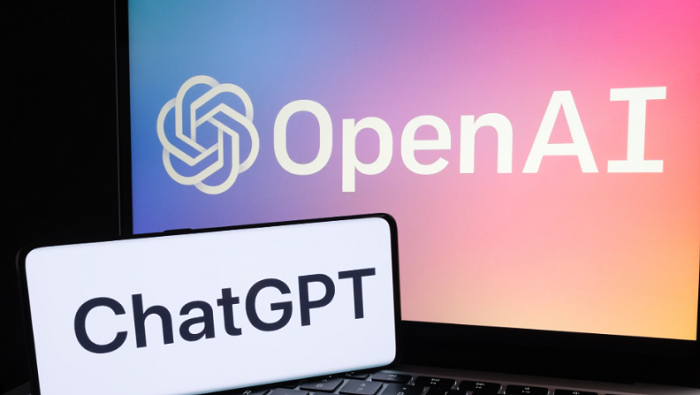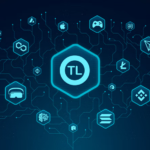OpenAI, the world-renowned artificial intelligence research lab, has revealed the imminent arrival of GPT-5, the fifth generation of its language model series. Anticipation is running high as GPT-5 promises to revolutionize the AI landscape with its cutting-edge features and unparalleled capabilities. With a slated release date of Q4 2023, GPT-5 is expected to push the boundaries of natural language processing, machine learning, and human-machine interaction.
1. Unprecedented Scale and Training: GPT-5 is expected to be the largest and most sophisticated language model to date, boasting a staggering 10 trillion parameters. This remarkable scale surpasses its predecessor, GPT-3, by an order of magnitude, enabling GPT-5 to comprehend and generate human-like text with unmatched accuracy and context. The model’s training data is sourced from an extensive corpus of diverse texts, including books, articles, scientific literature, and websites, ensuring its unparalleled understanding of various subjects and languages.
2. Multilingual Proficiency: Expanding on the multilingual capabilities of GPT-3, the upcoming GPT-5 is set to support an even broader array of languages, with over 500 tongues in its repertoire. By incorporating diverse linguistic patterns and nuances, GPT-5 is poised to bridge communication gaps across the globe, making it an indispensable tool for international cooperation, research, and diplomacy.
3. Enhanced Contextual Understanding: One of the most anticipated features of GPT-5 is its advanced contextual understanding. Through the incorporation of advanced transformer architectures and contextual memory mechanisms, the model can grasp complex nuances and maintain coherence in lengthy conversations or documents. This breakthrough will significantly reduce the generation of nonsensical or biased outputs, enhancing the model’s reliability and real-world applicability.
4. Improved Few-Shot and Zero-Shot Learning: GPT-5 is expected to address one of the limitations of its predecessor by significantly improving few-shot and zero-shot learning capabilities. Few-shot learning allows the model to learn from just a few examples, while zero-shot learning enables it to perform tasks it has never encountered before. This advancement empowers developers and users to swiftly adapt the model to new domains and tasks, making it highly versatile and adaptable in diverse applications.
5. Strides Towards Ethical AI: OpenAI has placed a strong emphasis on responsible AI development, and GPT-5 is no exception. The research lab has dedicated substantial resources to minimize biases in the model and enhance transparency. GPT-5 will come with an innovative built-in explanation system that provides insights into the model’s decision-making process, ensuring users have a deeper understanding of its outputs and potential biases. OpenAI’s commitment to democratizing AI technology will also be reflected in the licensing and pricing models, with efforts to strike a balance between accessibility and sustainability.
As the tech community eagerly awaits the release of GPT-5, expectations are high for its transformative impact across industries. From revolutionizing customer service chatbots to driving breakthroughs in medical research, GPT-5’s arrival promises to push the boundaries of AI capabilities and bring about a new era of human-machine interaction. However, with such immense power at our fingertips, it becomes ever more crucial to tread cautiously and responsibly, ensuring that AI serves as a tool for progress and shared prosperity.










